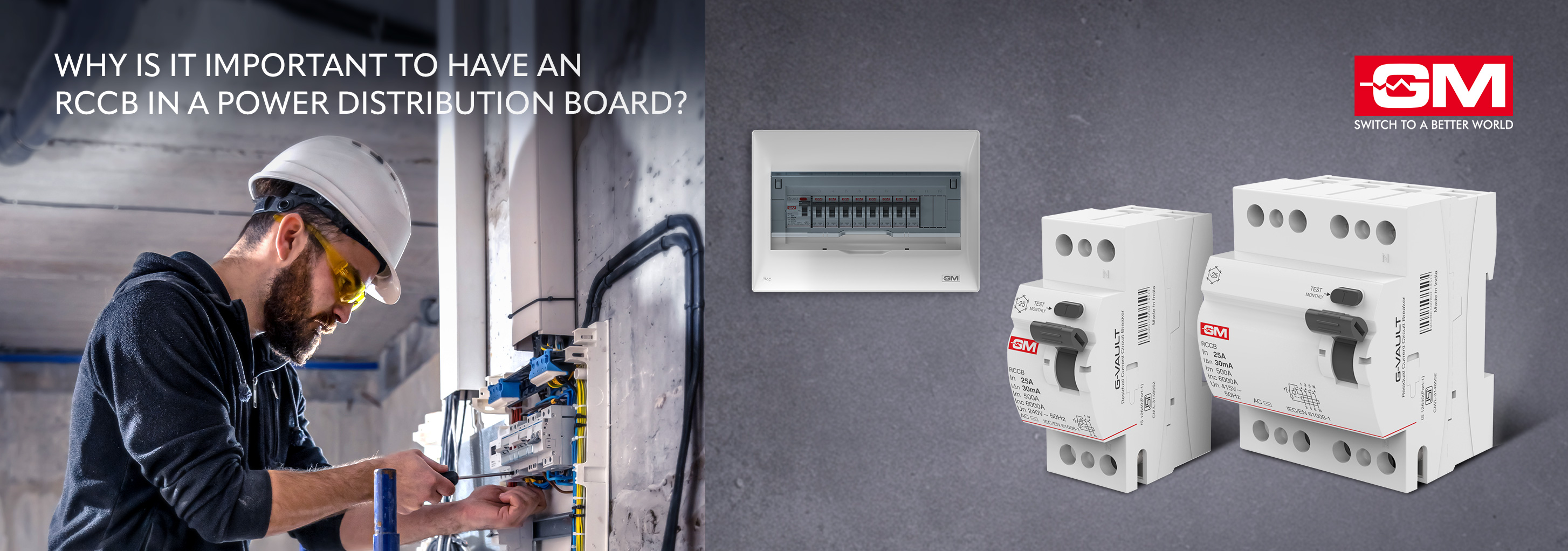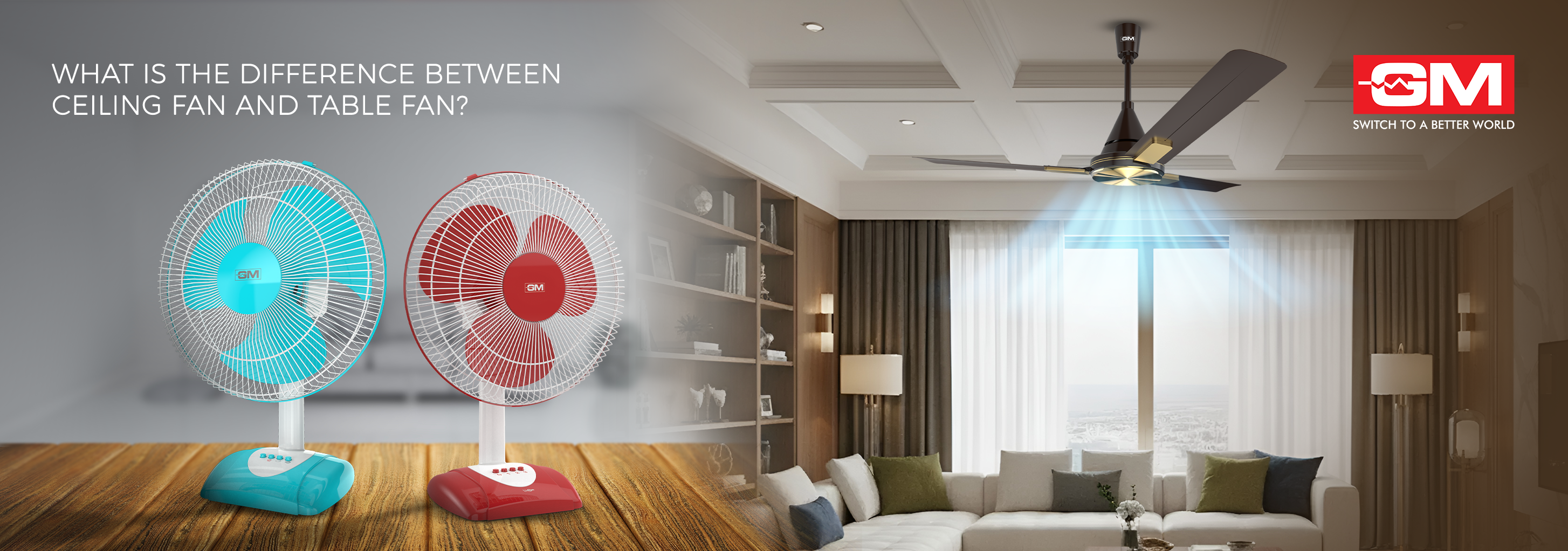Blog
Why is it important to have an RCCB in a Power Distribution Board
Updated on Mar 2024

Electricity, in essence, has become an indispensable part of our lives, but it comes with its own dangers, both to human life and to equipment in general. You cannot afford to neglect the safety factor when it comes to electricity, with electrocution and fire being two of the major risks associated with it. Having said that, when on the quest for electricity essentials for your home, you might have come across something known as an RCCB or perhaps seen your neighbour invest in one. Don’t exactly know what it is? Consider this blog your guide to everything RCCB and why it is important to have one on your power distribution board.
What is an RCCB?
RCCB, an abbreviation used for Residual Current Circuit Breaker, is a crucial safety measure that ensures the protection of electrical circuits. It is a current sensing device designed to automatically measure and disconnect the circuit every time a fault occurs in the connected circuit. It also works if the current exceeds the rated sensitivity. RCCB is intended to protect people from electric shocks, electrocution, and fires, along with sudden earth faults by tripping the circuit immediately. Now that you know what an RCCB can do, let’s learn about its placement in your space’s electrical distribution box.
The Placement of RCCB inside a Distribution Box
Inside the electrical distribution box, you can see RCCBs parallelly connected to MCBs. Here, the neutral connection is made to the neutral links, and the phase is connected parallelly with the MCB. This is because the MCB protects against overload and short circuits, whereas the RCCB protects against earth leakage. The neutral is required by the RCCB to detect both incoming and outgoing currents. A particular kind of distribution board known as PPI (Per Phase Isolation) offers a provision for installing RCCB in each phase as well as separate neutral links for every phase. This ensures that only the phase suffering a current leakage trips the RCCB, while the rest of the phases continue to work normally.
Importance of RCCB in the Power Distribution Board
We are sure you must have thought about the impact of not having RCCB installed. If you have, let’s delve into understanding the significance of installing RCCB and how it enhances the safety and security of your electrical system and you as well.
- RCCB protects against voltage fluctuation: An electrical circuit may occasionally experience a brief, unwanted voltage surge. It can range from a few to several thousand volts and last for microseconds to milliseconds. RCCBs include a filtering device that protects against such voltage fluctuations.
- RCCB helps prevent the impact of earth leakage: ELCB (Earth Leakage Circuit Breaker) has certain limitations when it comes to preventing earth leakage viz. specific wiring arrangements, mandatory continuity of earth, etc. This is when RCCB protects against earth leakage without such drawbacks. An RCCB will trip the circuit breaker even in the absence of earthing continuity. Additionally, it does not require the earthing of various devices, in contrast to an ELCB, making it an ideal choice to add to your power distribution box.
- RCCB protects your appliances from possible damage: Frequent electrical hazards can damage your home or office appliances. In such cases, an RCCB will come to the rescue by quickly detecting oversensitivity or faults in the circuit and breaking it before possible mishaps occur within the appliances.
- RCCB can identify even current flow in the circuit: In most circuits, the live and neutral wires carry the same amount of current. If a fault occurs, it decreases the current flow from the neutral wire. Two-pole or four-pole types of RCCB can identify uneven current flow. If detected, RCCB disconnects the circuit to prevent severe consequences.
- RCCB disconnects circuits once the rated sensitivity is exceeded: The recommended sensitivity for residential appliances is below 10 mA. An electric shock of over 10 mA may prove fatal to humans. High-sensitivity electric shocks can occur due to sudden earth faults, fire hazards, or other electrocution incidents. In such cases, installing a 63–100 mA RCCB can help you steer clear by disconnecting the circuits whenever the rated security breaches, thus reducing the impact of shocks coming into contact with flawed areas.
We hope this blog helped you understand how crucial it is to have an RCCB in your distribution box. If you haven’t already purchased one, shop for the product at the best RCCB price from GM Modular now.
Related Blogs

Who Invented the Ceiling Fan? A Journey Through Time
Ceiling fans are a quiet yet transformative part of life at home, offering comfort, style, and energy savings all year round. But not many of us know about the invention of the ceiling fan and how this humble device revolutionised modern living. To a
Read More
What is the Difference Between a Ceiling Fan and a Table Fan?
Fans are easy to use and save energy, so most people use them to keep a room cool and comfortable. But before you buy one, you should know what makes a ceiling fan different from a table fan. They both move air, but they do it in very different ways
Read More
Types of Doorbells Explained: Wired, Wireless, Smart, and More
A doorbell is one of the most important parts of a home or office, but it's also one of the most common things that people forget about. It not only lets visitors know you're home, but it also makes your space more convenient, safe, and stylish. The
Read More
How to Use a Steam Iron Safely and Effectively?
No matter if you're going to work, a meeting, or a party, wearing a crisp, wrinkle-free outfit can boost your confidence right away. But you need to know how to use a steam iron correctly to get that perfect finish. A steam iron isn't just another ap
Read More